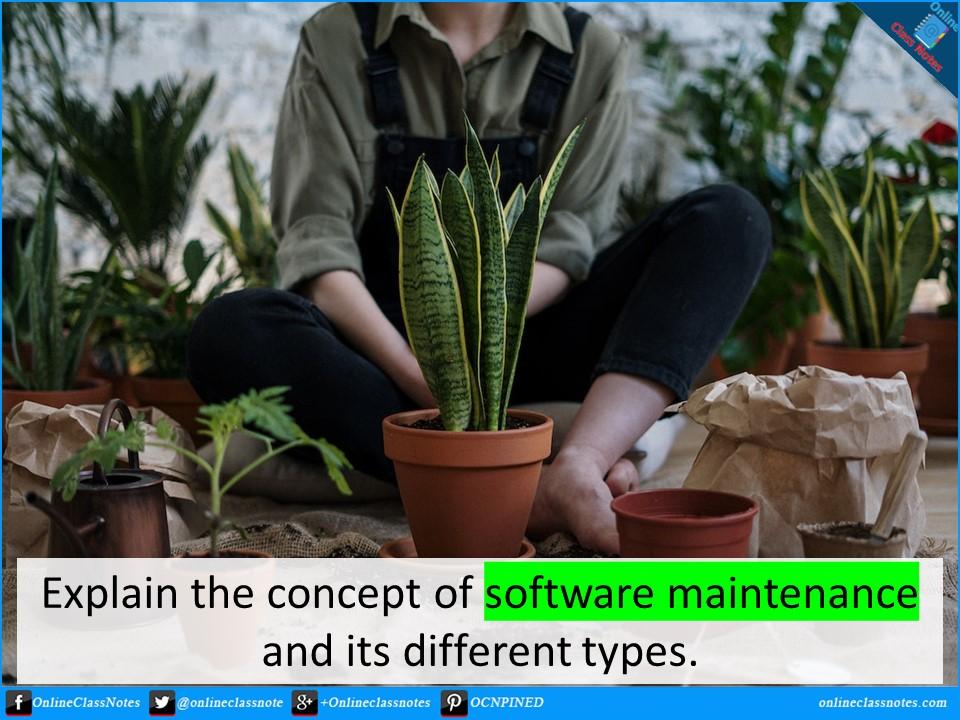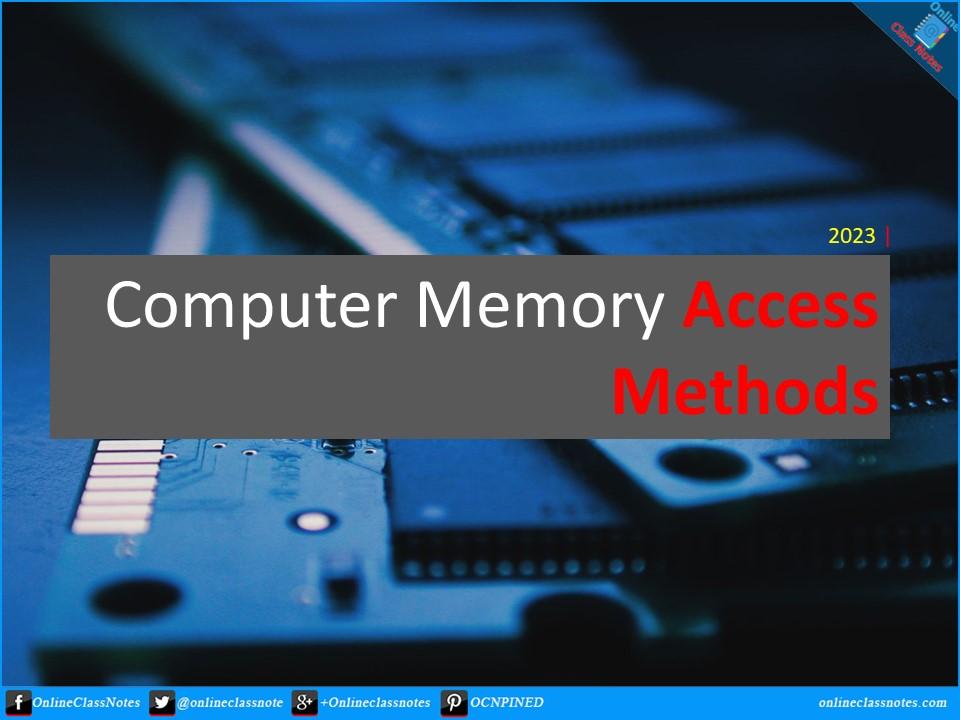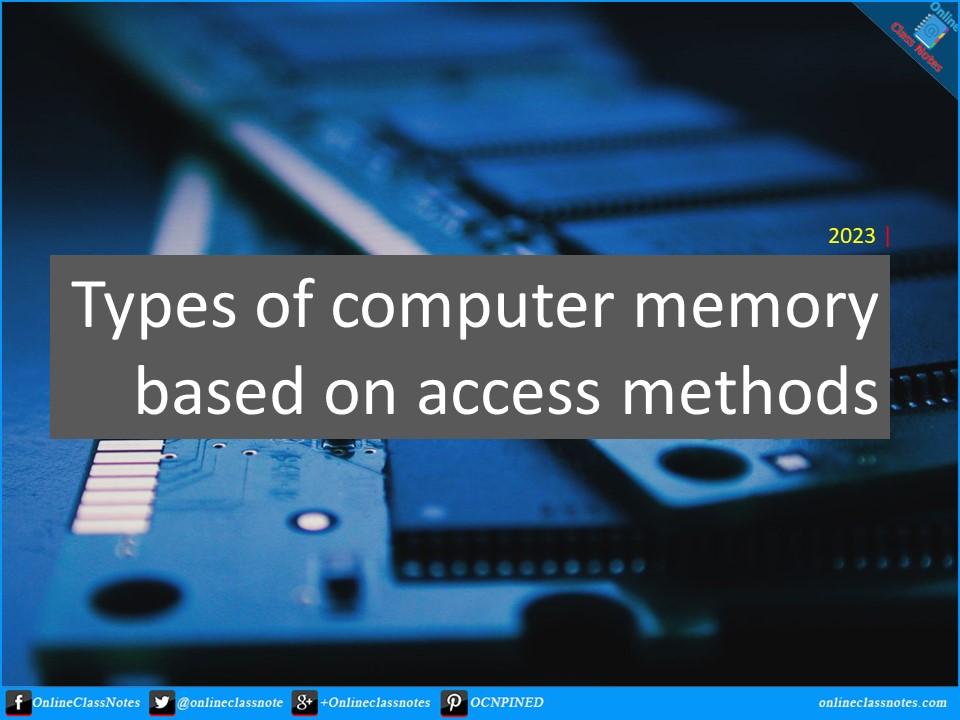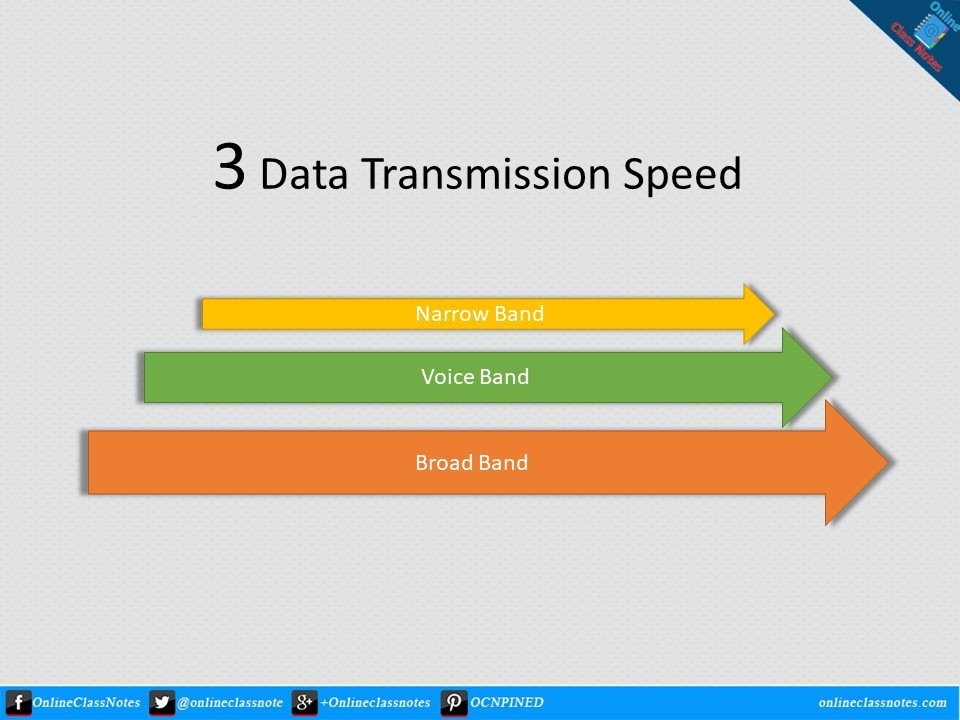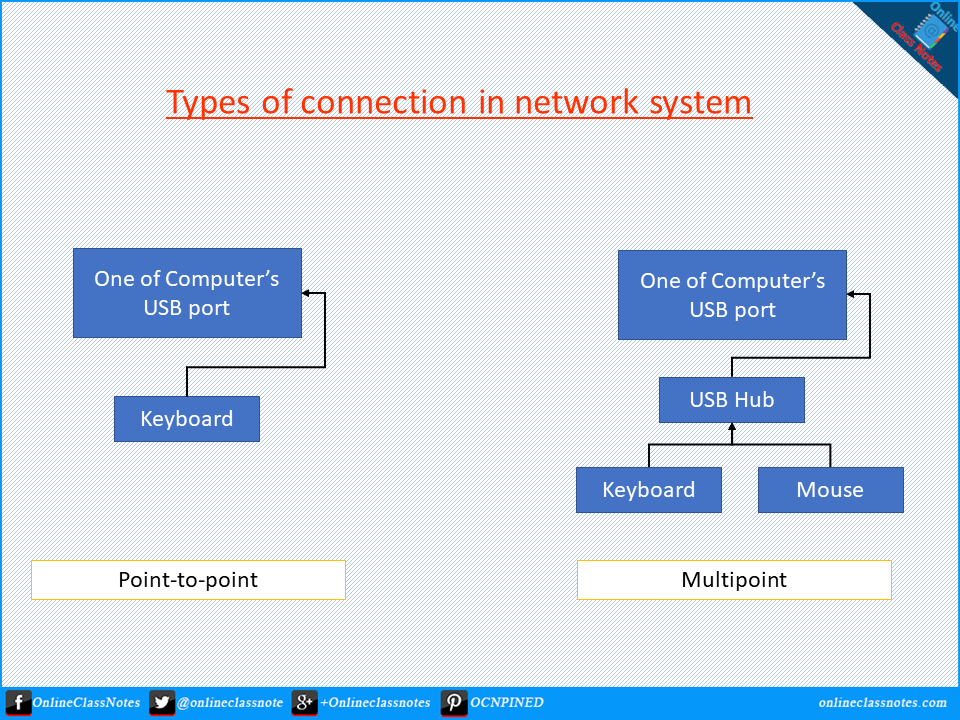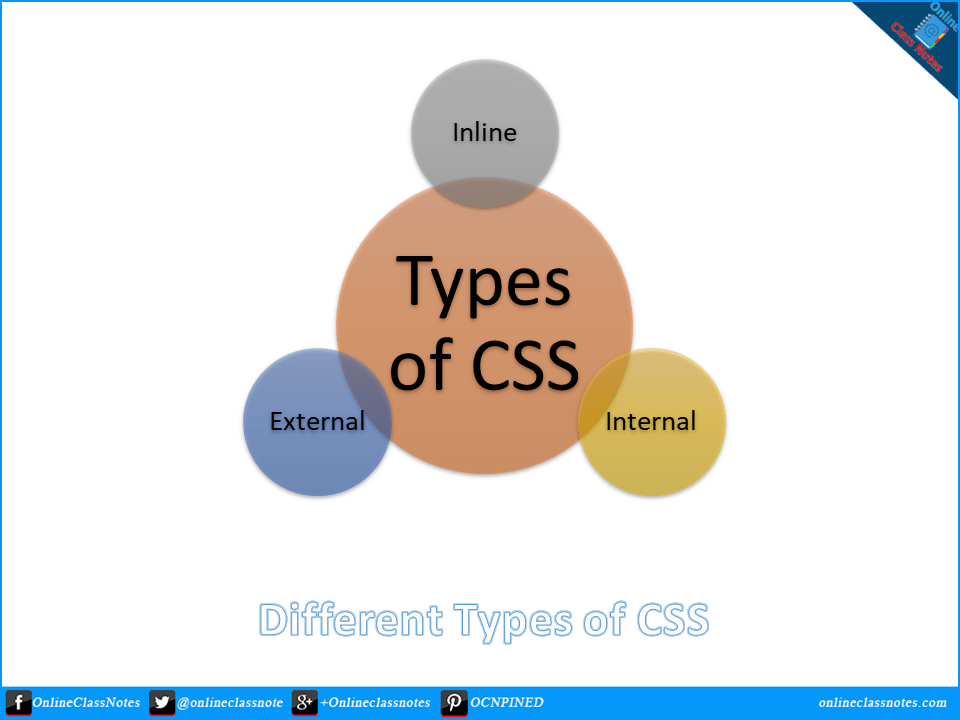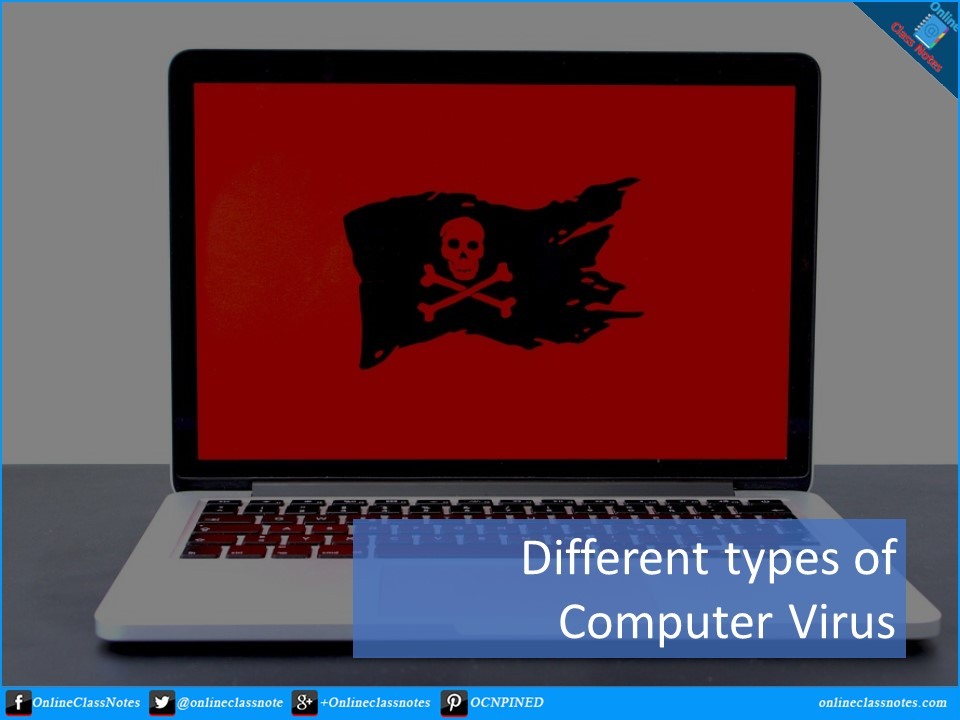Parallelism in CPUs refers to the ability of a processor to perform multiple tasks simultaneously, thereby increasing throughput and overall performance. Parallelism can be achieved at different levels within a CPU, from the execution of individual instructions to the concurrent execution of multiple threads or processes.
Types Of
Explain the purpose and function of CPU caches. What are the different levels of cache memory, and how do they impact CPU performance?
CPU caches serve as high-speed storage units that store frequently accessed data and instructions to reduce the latency of memory access and improve overall CPU performance. Caches are designed to exploit the principle of locality, which states that programs tend to access a relatively small subset of data and instructions repeatedly within a short period of time. By storing this frequently accessed data and instructions in caches, CPUs can minimize the time spent waiting for data to be fetched from slower main memory.
Explain the concept of software maintenance and its different types.
Unveiling Software Maintenance: Understanding Concepts and Types
Introduction:
Software maintenance is an integral part of the software development life cycle, encompassing activities aimed at managing and enhancing software applications after their initial deployment. It involves modifying, updating, and troubleshooting software to meet changing user requirements, fix defects, improve performance, and ensure continued functionality
What is software testing and why is it important? Explain different types of testing techniques.
Unveiling Software Testing: Its Significance and Various Testing Techniques
Introduction:
Software testing plays a crucial role in the development process, ensuring that software applications meet the desired quality standards, are free from defects, and function as intended. It involves evaluating software components, functionalities, and systems to uncover bugs, errors, and deviations from expected behavior.
What is memory access method? What are the different types of memory access methods?
Memory access method
Memory access method refers to the way in which a computer system reads from and writes to memory. It describes the mechanism by which data is transferred between the computer’s CPU and its memory modules, and how the computer locates and retrieves data that is stored in memory. Memory access methods can have a significant impact on the performance of a computer system, particularly with regard to speed and efficiency.
Types of computer memory based on access methods
Computer memory
Computer memory refers to the internal storage space in a computer where data and programs are temporarily or permanently stored for processing. It is an essential component of a computer system, and its size and type can affect the performance and capabilities of the computer. There are different types of computer memory, each with different access methods and speeds, including RAM, ROM, cache memory, flash memory, and virtual memory. The ability to access and manipulate memory is fundamental to a computer’s ability to perform tasks and operate software applications.
What are the different types of data transmission speed or bandwidth?
Data transmission speed is the rate of transferring data from source to destination. It is also referred as Bandwidth. Unit of bandwidth is Bit Per Second or bps. This is also called Band speed, which is the number of bits transmitted in a second is bps or Bandwidth. There are 3 types of Bands which are as follows
What are the 2 types of connection in network systems?
A network system enables data communication between 2 or more devices. Communication links or channels connects these devices. There can 2 types of connection possible; point-to-point and multipoint connection. Both of these connections has their advantages and disadvantages and use cases.
Explain Different Types of Cascading Style Sheet (CSS) With Suitable Examples
Cascading Style Sheet (CSS): CSS is used with HTML to define styles for different HTML elements or set of HTML elements. As its name includes, a primary thing about CSS is that it cascades. Developer can define one style for all the elements and then override that style for a one or specific element. For … Read more
Describe Different Types of Viruses.
Computer Virus:
A computer virus is a parasitic program that infects other legitimate programs, which are sometime referred as hosts. To infect the host program, the virus modifies the host to store a copy of the virus. After infection, viruses make various damages to the system which may be low to high to critical.


